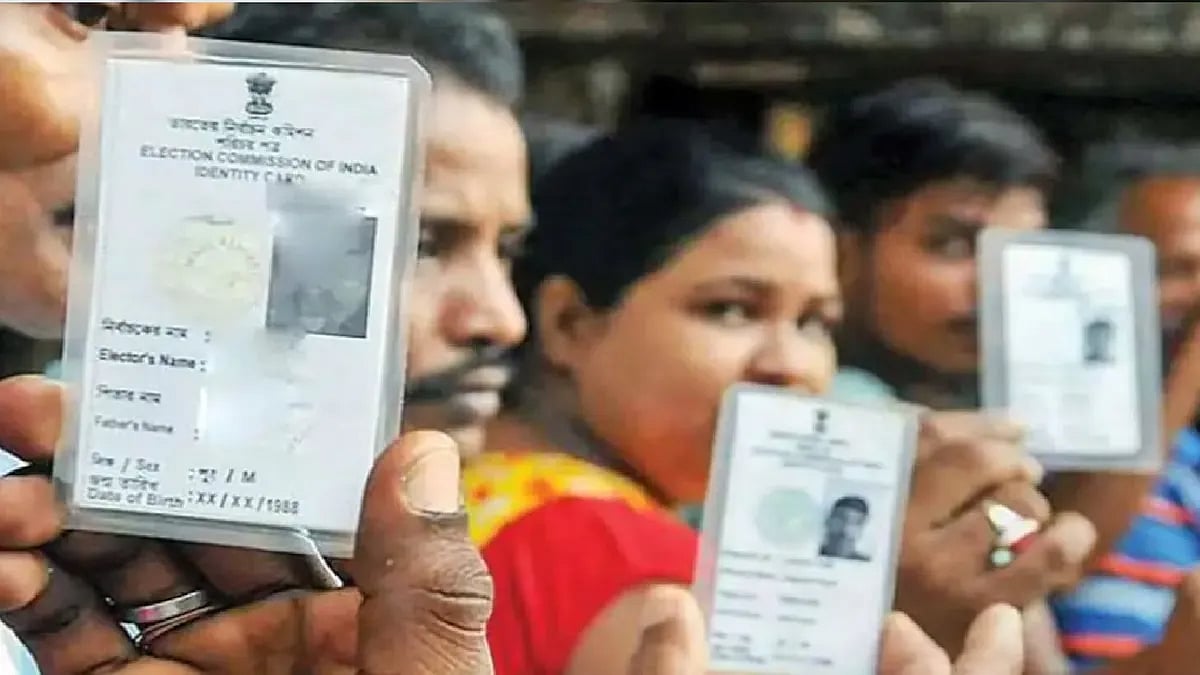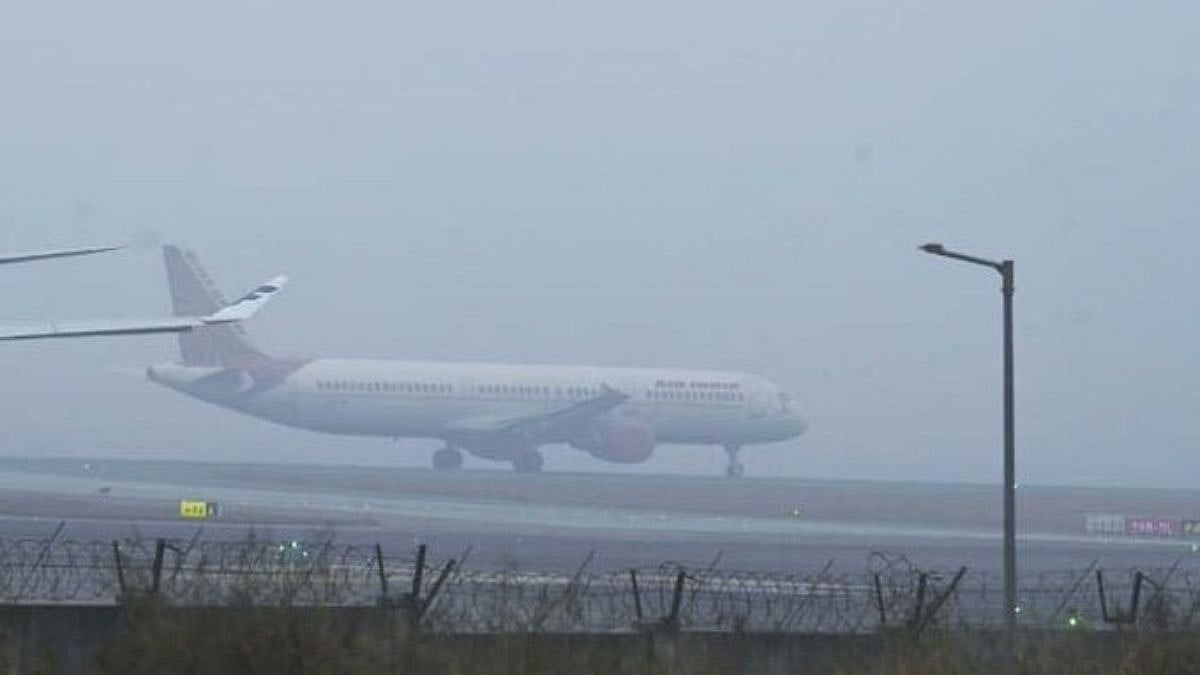The nation is in a sorry state. Parts of the sensitive North East are in flames. The fire is spreading to West Bengal, Delhi and Karnataka. With Internet connections cut in part, the army out on the streets of Assam and preventive detentions underway, what we can see is raging anger already boiling over. The combined consequences of the Citizenship Amendment Bill (CAB) and the planned nation-wide enforcement of the National Register of Citizens (NRC) means that the fires will continue to burn in the hearts and minds of large sections of the population, even if Amit Shah and his forces are able to quell them on the streets. The objectives of the CAB and the NRC are quite different but the lack of trust and the turmoil they have produced is the same. It should therefore be easy to see that the political leadership of the nation is the real tukde tukde gang, now in full bloom to deliver us a nation divided against itself.
A government with overwhelming majority has taken the nation to the brink on an agenda that has nothing to do with the problems of the day. Onion prices are above Rs 150 a kilo in many parts of the nation, the banks continue to struggle with monumental Non Performing Assets (NPAs), inflation is inching up and the economy is in the doldrums. GDP growth has collapsed to a six year low. At 4.5 per cent for the September quarter, it now comes close to the level recorded in 2012-13. Industrial output contracted 4.3 per cent in September and 3.8 per cent in October. However, the Indian stock markets were up over the weekend (on global cues though) and the official account is that India is on its way to becoming a USD five trillion dollar economy by 2024. In the see-saw of claims and counter claims, officialdom will show the numbers that work; skeptics have easy pickings of the falling numbers to question the trajectory and point to failures.
But the more immediate question to ponder is the real cost of the strain between economic ambition and socio-political discord engineered by a set of policy directions that challenge the political ethos of the nation and the very idea of India as a pluralistic society. The government is in a flurry of activity to oil the economic levers even as its political machinery is busy creating friction on the social levers. What then is the direction of a nation caught in the turmoil? The strains of course come from a fundamental change in the political direction. Some might argue that this was only to be expected given the mandate that the BJP received in the 2019 elections. But underpinning the changes is a re-calibration of the national moral compass that has so far allowed the nation to celebrate diversity, cherish personal freedom and accord political space and due respect to all strands of thought, ideas, religion. This is a stream that has guided independent India, and can be traced back to the very roots of the Indian civilisation and the India story that we grow with. The story has its flaws but it is a story that brings a binding force and a moral fibre to the idea of India as a thriving democracy, a beacon to the world even as it struggles with its myriad problems.
We can dislike the monumental corruption that brought down the UPA coalition under Dr Manmohan Singh. Yet, who can resist the simple charm of a nation where (in 2004) the leading party in government was headed by a woman of Italian origin and Roman Catholic faith, who made way for a Sikh Prime Minister, to be sworn in by a Muslim President, in a country where 80 per cent are Hindus. This happened only in India, not in Pakistan. In the words of the then US President George Bush, “As a multi-ethnic, multi-religious democracy, India is showing the world that the best way to ensure fairness and tolerance is to establish the rule of law. The best way to counter resentment is to allow peaceful expression. The best way to honour human dignity is to protect human rights. For every nation divided by race, religion or culture, India offers a hopeful path…” Yes, this was Bush speaking. Yes, the Americans may have had an agenda. The words still stood out for the lessons that they drew from the India story. Even if the story was dismissed as a feel-good tale, the principles were enshrined and codified in the Constitution. Some things were sacrosanct. Now they are not, and the implications for the future of the nation are many.
In short, the moral standing has now disappeared. The deep loss begs important directional questions for India. Separately, a near term question is can economic standing be recovered in the absence of a shared vision of what India stands for? The tendency is to see the two in isolation. It might be tempting to argue that the right investment climate, a stable government and a market size of a billion plus Indians waiting to consume means the economy will flourish, irrespective of the political establishment or its political flavour.
But in the absence of a social consensus, with the States at loggerheads with the Centre as is already happening, sections of the population feeling alienated while others are in lock down in their respective States, and political energy more for a divisive agenda rather than binding the people into a force for economic action, we are entering uncharted waters. Home and Finance are intertwined, and the former may be playing its part in undermining the latter. In that sense, if demonetisation was flawed and set the tone for the slowdown, the actions now being taken will further fuel the slowdown and stop recovery.
Only a naïve establishment will not understand the significance of the connections. For an example, the action in J&K has fed directly and immediately into the insecurities in the North East. Those insecurities have played their part in the current unrest. The statements of the then J&K Governor (on just the weekend prior to the reading down of Article 370) that no such action was in the offing fuels mistrust in all words of the administration. To understand the depth of this insecurity, consider the following line written in a Nagaland newspaper by a local school teacher in Dimapur: “And this means that even our very own beloved Article 371 (A) is also just hanging by a thin string above our head. We may go to bed tonight thinking that we are completely safe and secure under Article 371 (A) and wake up tomorrow and read that this Article has vanished into thin air…”
To say that this government is playing with fire is to understate the threat that the nation faces today from the policy of divide and rule.
The writer is a journalist and a faculty member at SPJIMR. Views are personal. Syndicate: The Billion Press










